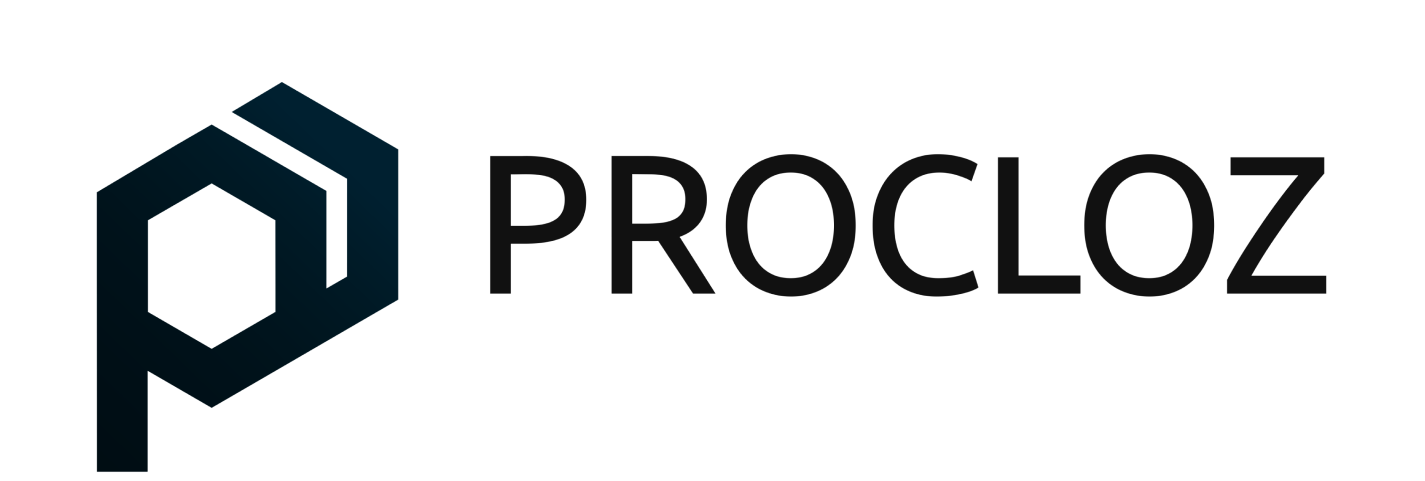Workforce Management is about achieving the best possible alignment of people and technical resources to increase productivity. For U.S. businesses opening in Australia, it’s no longer simply an HR task, but a practical shortcut to understanding ever-changing Australian labor laws, payroll requirements, and cross-border compliance.
Well-executed workforce management helps companies establish predictable, compliant, and scalable global operations rather than being drowned in administrative nightmares.
Why is Workforce Management Important?
Once a business crosses borders, it becomes extremely complicated to handle people. Workforce management maintains HR, payroll, and compliance activities across various jurisdictions.
The Fair Work Act and National Employment Standards (NES) in Australia regulate employee entitlements, overtime, and leave. One payroll mistake or overlooked regulatory change might cost your company penalties.
Now, with automation to manage such required courtesies of a workforce management system, U.S. companies can remain compliant and focus on the growth of their business.
It even helps bring together global teams so that operations are the same, as employees line up from California to Sydney to Melbourne.
What Are the Different Types of Workforce Management?
Though it may look like workforce management is one track, it can operate on multiple levels within a business:
Strategic Workforce Management
This emphasizes long-term planning, which can include discovering talent needs, budgeting for labor costs, and aligning workforce planning to the company’s goals. It informs about where and what will be needed to hire and train for in the future, across markets.
Operational Workforce Management
Managing the daily HR tasks, such as scheduling, attendance tracking, and keeping payroll rock-solid. Automation tools dehumanize the jobs you hate, so HR can get back to engagement and retention.
Tactical Workforce Management
Connect short-term operational planning to the ultimate objective. Which means the right people are at the right jobs and that you stay within local labor laws.
For U.S.-based businesses with employees in Australia, automation of these layers is critical to keep operations efficient and also compliant.
What are the Key Functions of Workforce Management?
1. Workforce Planning
Predicts hiring requirements and levels the workforce with business needs. Tools for planning ensure that resources are used effectively across teams and time zones.
2. Time and Attendance Management
Automated tracking systems can reduce issues such as payroll discrepancies and ensure compliance with Australia’s National Employment Standards. This has the effect of keeping pay fair and record-keeping transparent.
3. Payroll Integration
Combining workforce management with payroll laws takes the manual work out, and reduces compliance exposure. Automated payroll ensures all the tax, superannuation, and entitlement calculations are correct every time.
4. Compliance Monitoring
Live compliance means you need to only think about the actual pay, not the rules and regulations intertwined. Systems stay up to date with legislative changes, reducing audit risks.
5. Workforce Analytics and Reporting
Insights based on data enable HR and finance to analyze productivity, get staffing right, and forecast costs. Analytics also gives you a transparent view of your company for audits, performance reviews.
What are the Benefits of Workforce Management?
- Compliance: Reduces risks of contravening provisions in the Fair Work Act, and is compatible with US and AU law.
- Efficiency Gains: Automation eliminates mundane HR operations so your team can invest time and energy in strategic projects.
- Cost Savings: Efficient scheduling and payroll minimize administrative overhead and eliminate overpays.
- Employee Morale: Employees feel good about coming to work when they are paid on time and correctly, which increases employee retention.
- Scalability: No matter your growth, systems are able to accommodate your employee base expanding across states and countries.
In ADP’s Workforce Management Guide, automation ensures global businesses can address compliance problems and deliver a better experience for employees.
A single workforce management system fared best in combination with global payroll and employer of record services.
How to Choose the Right Workforce Management Solution?
The first step in choosing the right workforce management solution is to balance functionality and compliance. For U.S. Businesses, it is critical to consider:
- Compliance Coverage: Identifying systems with features that handle multi-county payroll, taxes, and manage local labor laws.
- Integration with Existing Tools: Making sure the system works along with your existing HR software and is coherent with your accounting and finance systems.
- Active Automation: Systems that automate your time tracking, payroll, and compliance reporting are ideal.
- System Scalability: The system must allow easy addition of new employees and locations, and should allow smooth integrations with your advancing business.
- Ease of Use: It should be self-explanatory with little need for training, to reduce the time needed to prepare employees.
As highlighted in Oracle’s guide, the best performing businesses use workforce management systems that integrate HR, payroll, and compliance to enhance operational performance and reduce business risks.
How does Procloz simplify workforce management for U.S. firms?
Procloz enables U.S. businesses to efficiently achieve global expansion by streamlining HR and payroll with technology-enabled services.
- Global payroll services that make multi-country payroll operations and compliance easier.
- EOR services that look after onboarding, contracts, and compliance for Australia.
- Tech-enabled reporting and compliance monitoring that minimizes manual work and increases accuracy.
Featuring expert management and technology integrations, Procloz puts the control, visibility, and consistency in a business’s hands, not to mention helping do so without the need for complex homegrown automation.
Frequently Asked Questions (FAQS)
1. Is workforce management part of HR?
Yes, workforce management is a core part of HR that focuses on scheduling, payroll, compliance, and employee productivity.
2. What is the workforce management process flow?
It includes forecasting labor needs, scheduling staff, tracking attendance, processing payroll, and analyzing performance data.
3. What is a workforce management example?
An example is using software to automate employee scheduling, track time, and ensure compliance with labor laws.
4. What are the four C’s of workforce planning?
The four C’s are Capacity, Capability, Cost, and Compliance, guiding how businesses manage and optimize their workforce.





